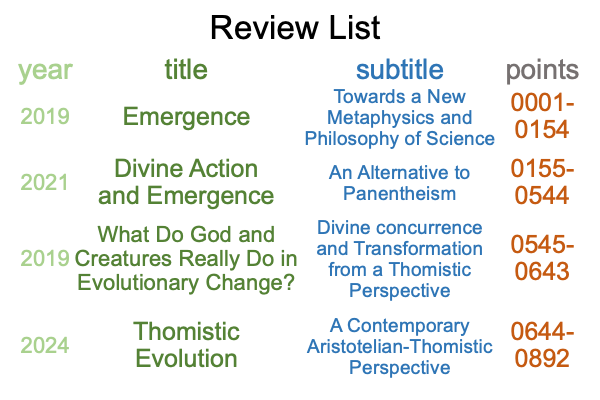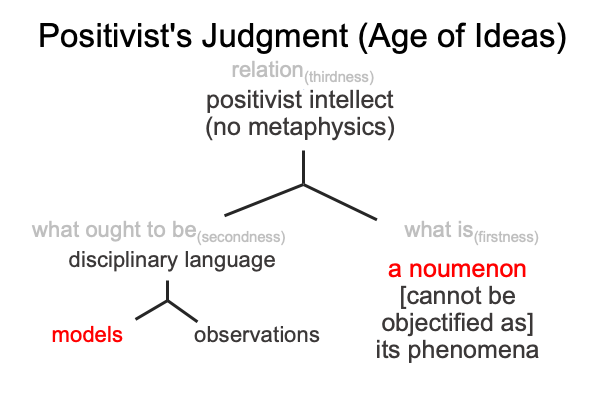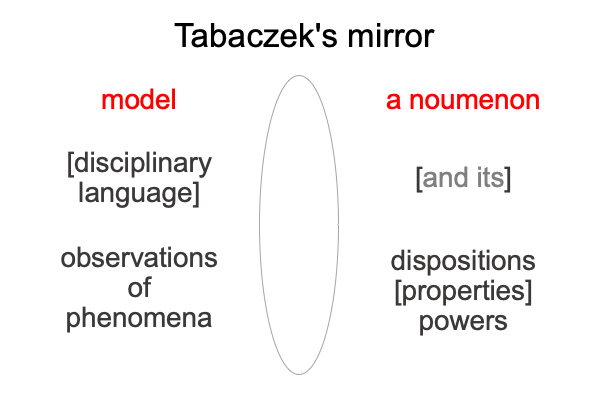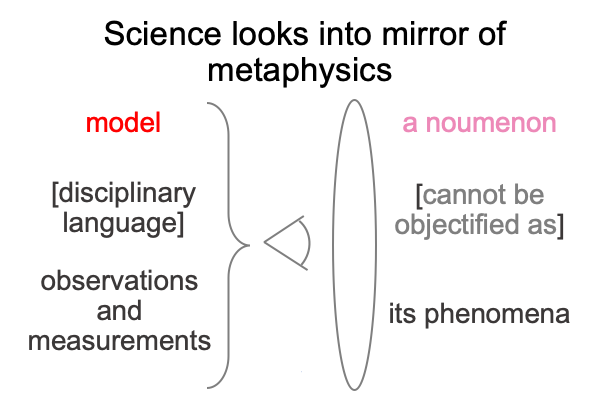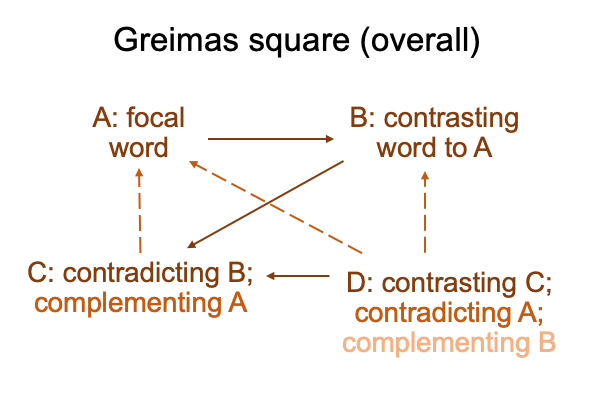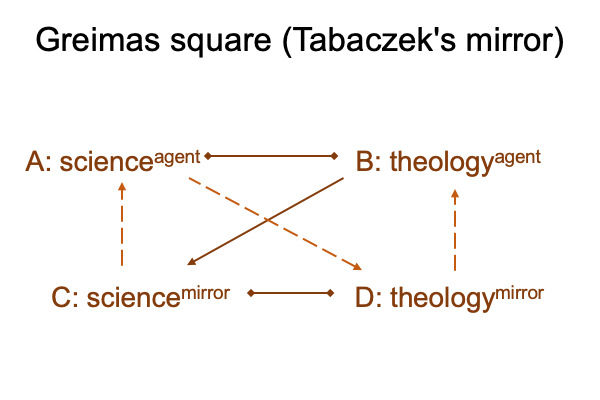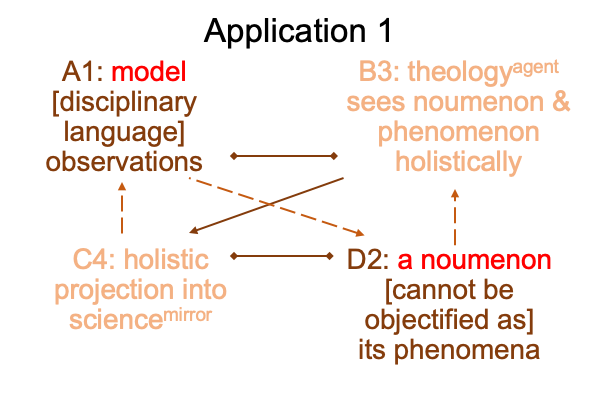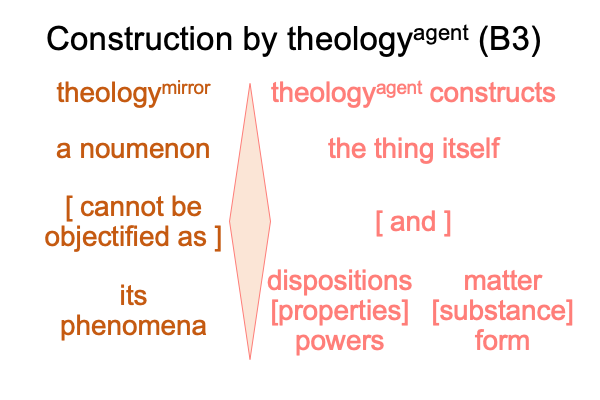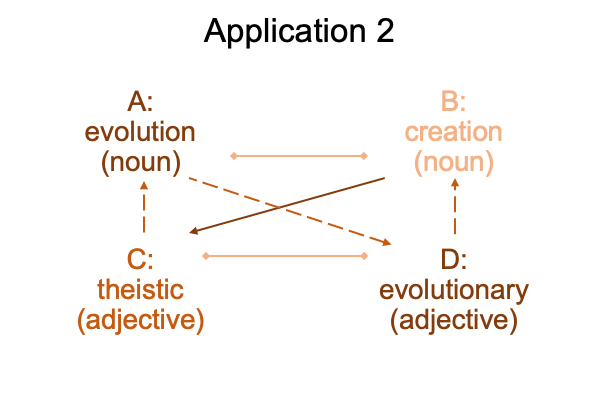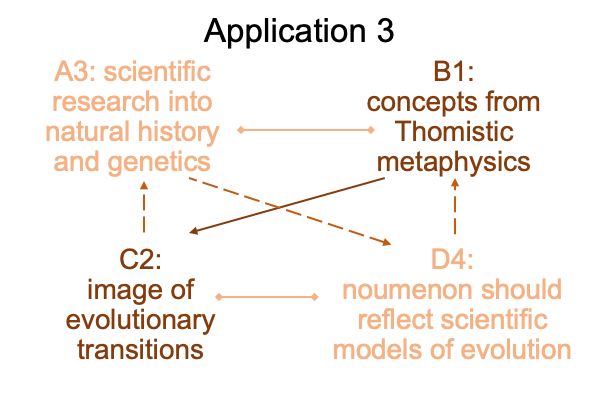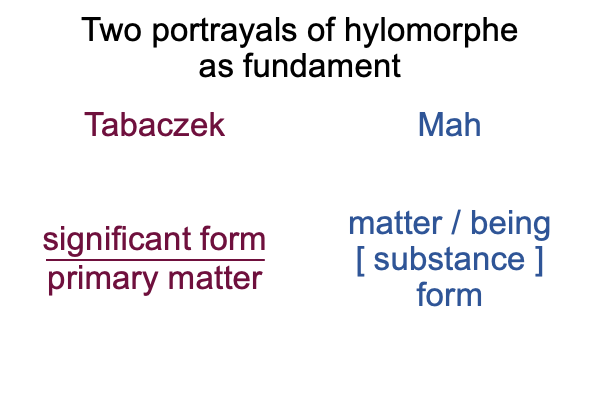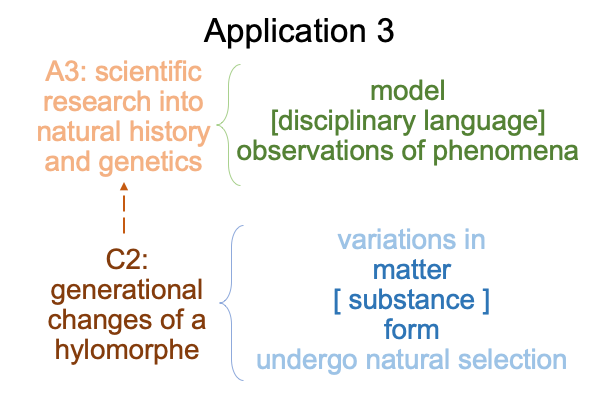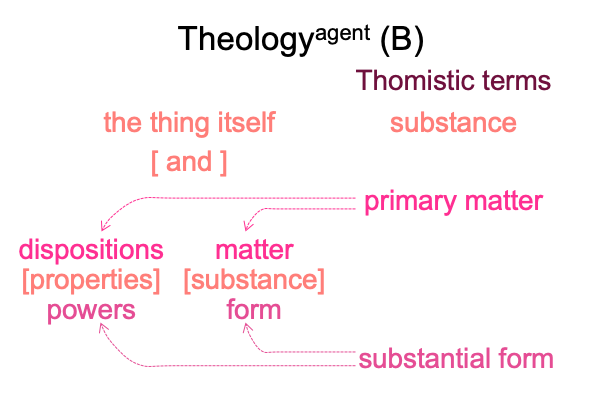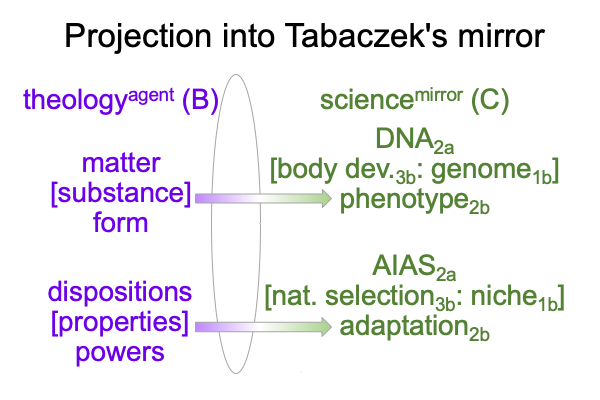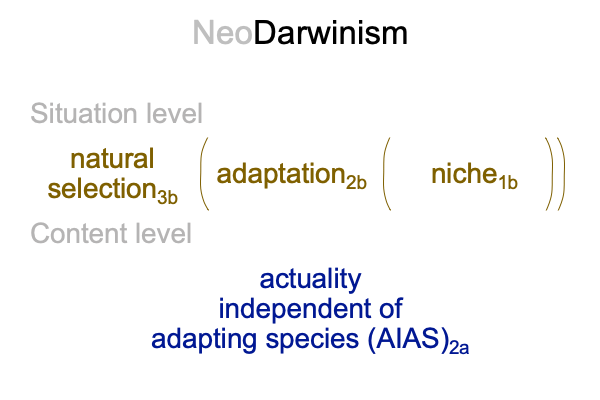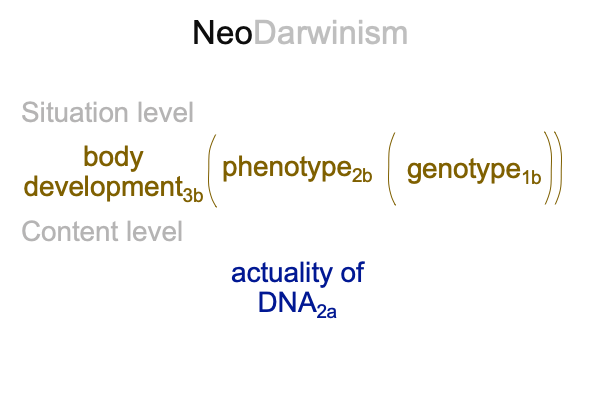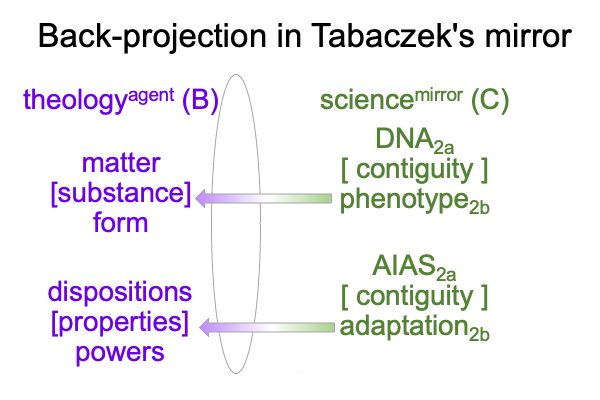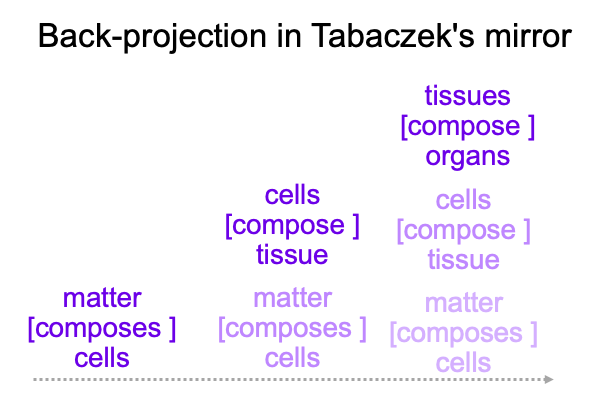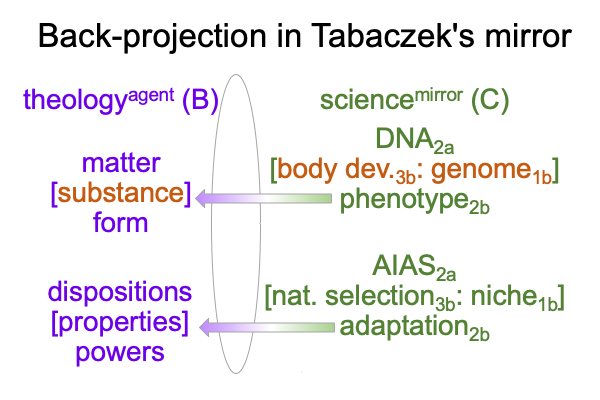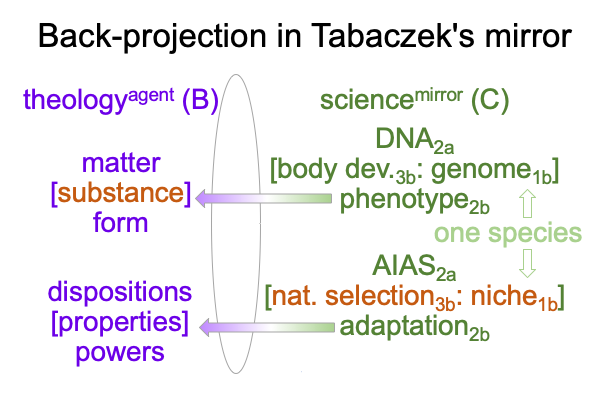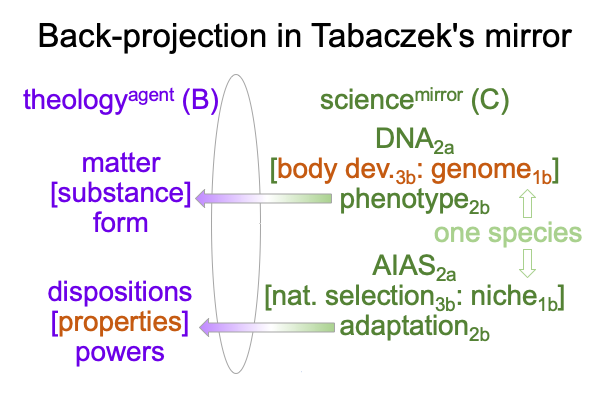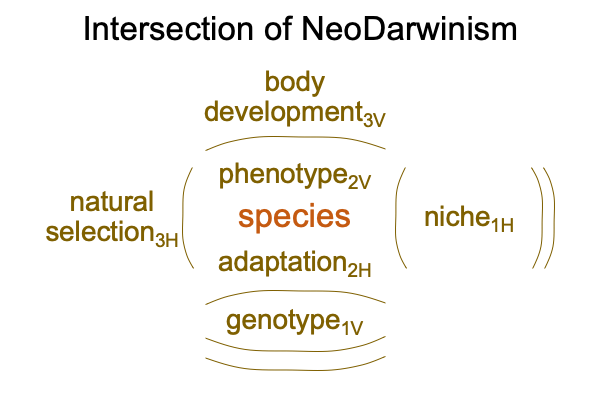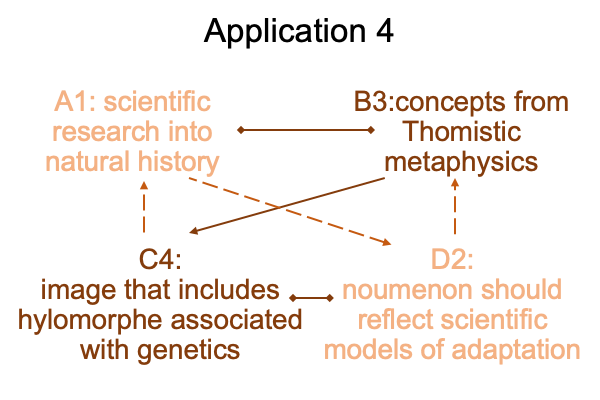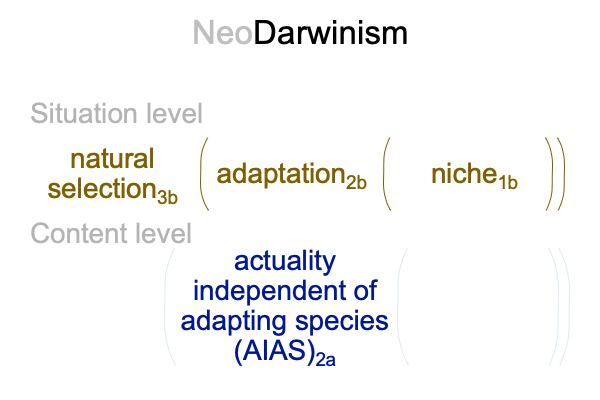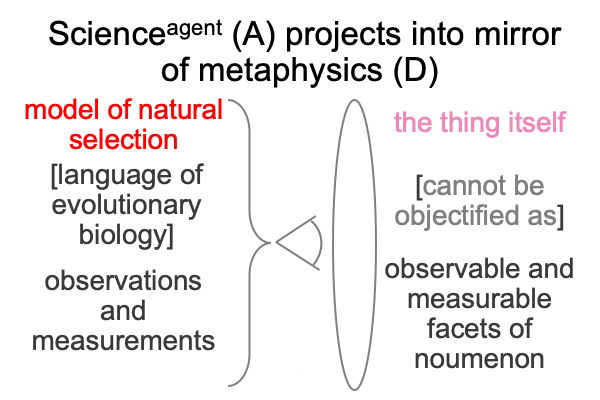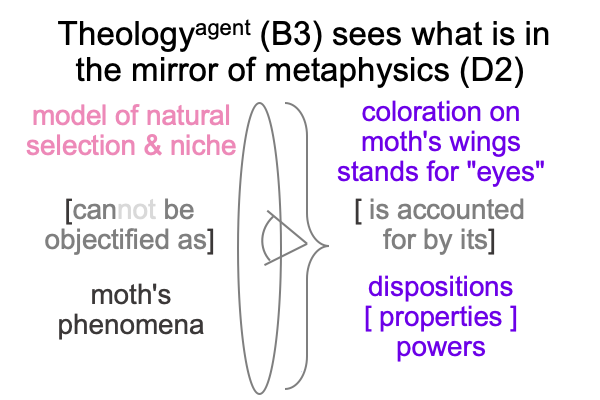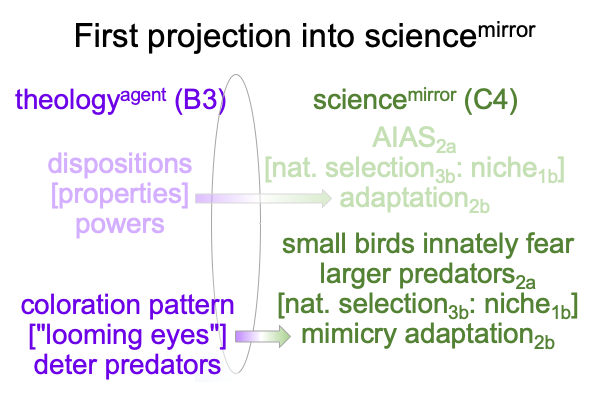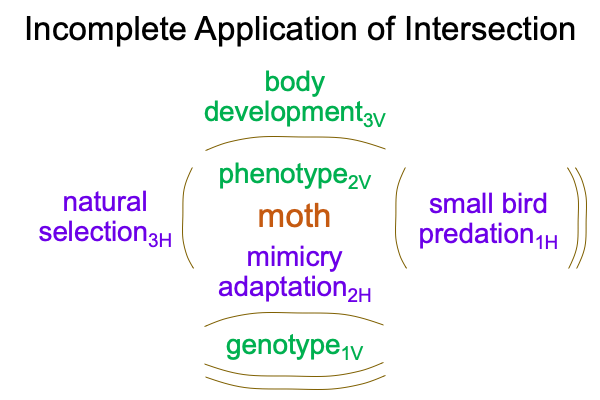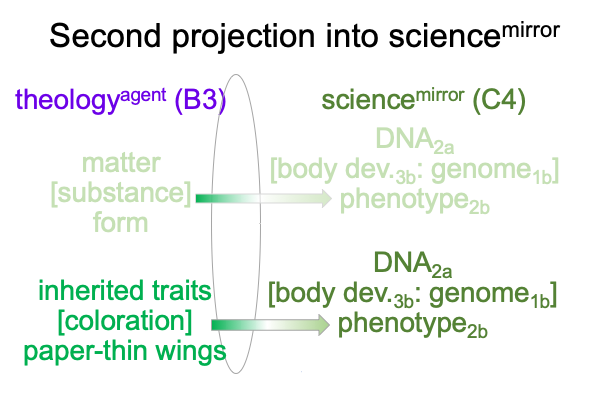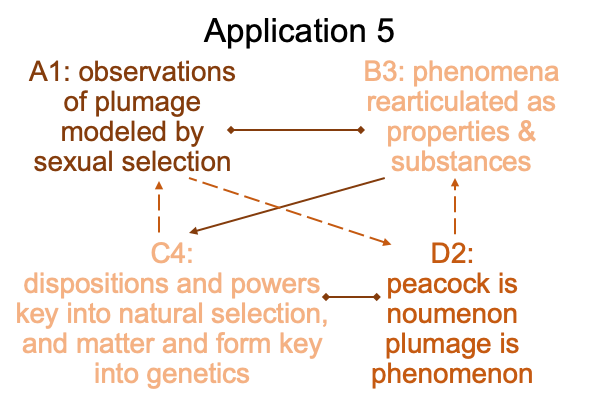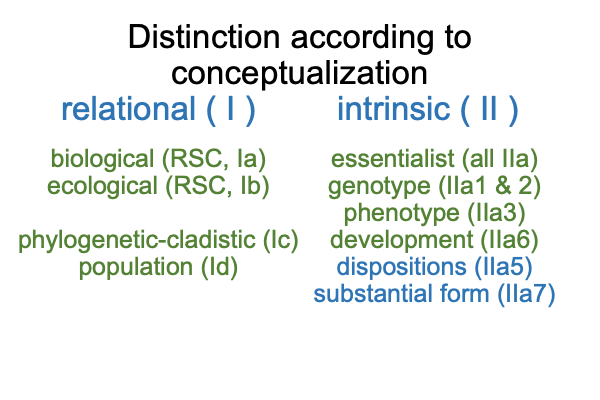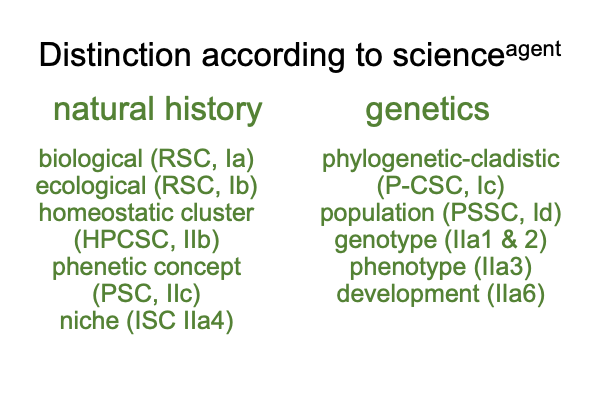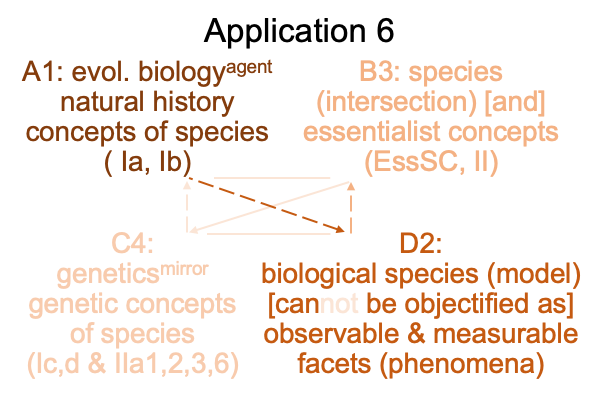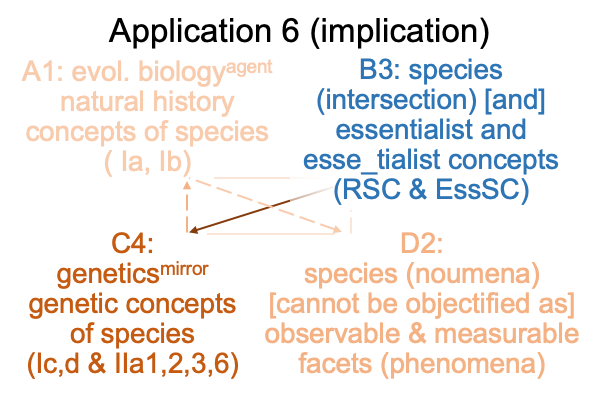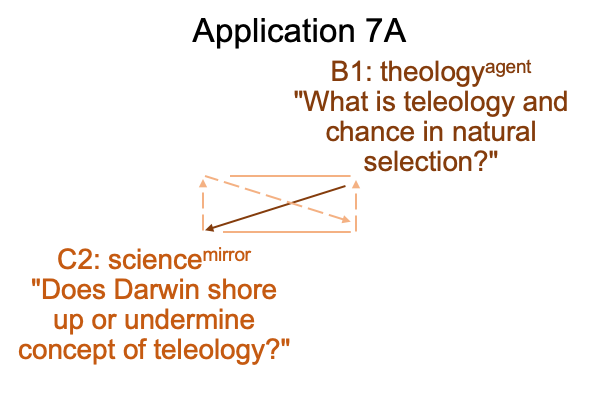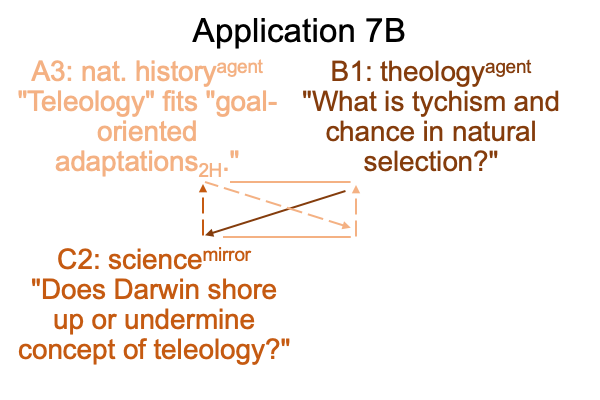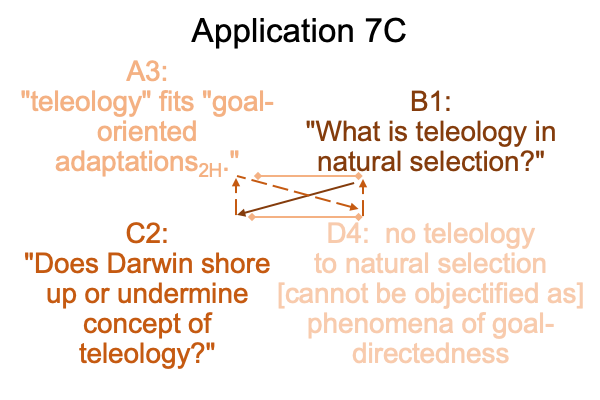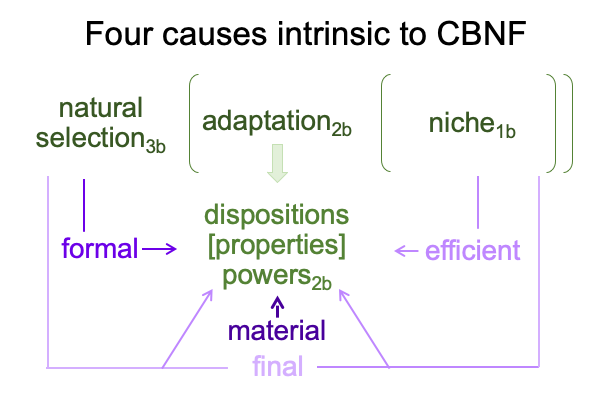Original Sin and the Post-Truth Condition
0001 On January 2, 2024, Razie Mah posts a blog challenging a Catholic podcast to take up a quest. Re-articulate the doctrine of original sin for the forthcoming age of triadic relations.
0002 The challenge rests on four points.
0003 Here is the first point.
In the 300s AD, Saint Augustine formulates the doctrine of original sin. In the process, he inadvertently proposes a scientific hypothesis. All humans descend from Adam and Eve as the original pair.
Of course, Augustine has no reason to question the Genesis text in this regard. The Bible is sacred text, a witness to God’s action in our current Lebenswelt. The science of genetics stands 1600 years in the future.
In the 1900s, geneticists definitively debunk the idea that all humans descend from an original pair, unless that founding pair lives over 500,000 years ago.
0004 This is not the only surprise.
In the 1800s and 1900s, archaeology discovers the historical depth of the ancient Near East. Now, the stories of Adam and Eve are listed among other origin stories of this age and location. All these stories (with the exception of the first chapter of Genesis) depict a recent creation of humanity, which does not make sense, since humans have been around for at least 200,000 years.
Why do all the written origin stories of the ancient Near East testify to a recent creation of humans?
0005 Indeed, if Augustine were around today, he would frame the doctrine of original sin within the paradigms of the current scientific age. Adam and Eve are not the first Homo sapiens, even though the second chapter of Genesis depicts their unique manufacture. The stories of Adam and Eve are ancient Near East mythologies. The artisanal fashioning of Adam and Eve, as well as the talking serpent, are correspondingly mythic. Also, the stories recorded in Genesis 2.4 through 10 concern the same start of humanity that is suggested by all other written origin stories of the ancient Near East.
0006 The problem?
What is this business about a recent start to humanity?
Why can’t the origin stories of ancient civilizations envision times significantly earlier than their civilizational foundings?
The social and biological sciences have done their utmost to portray human evolution in a way that excludes the witness of the earliest civilizations.
Does human evolution come with a twist?
Of course, it does.
0007 Why does Augustine claim that Adam and Eve are the first humans? The book of Genesis says so. But, once one realizes that all the origin stories of the ancient Near East point to an event horizon beyond which civilization cannot see,and that this event horizon is recent (rather than in deep evolutionary time), then the stories of Adam and Eve turn into fairy tales that address the coming-to-be of our current Lebenswelt.
0008 Before our current Lebenswelt, there are no civilizations. There is no unconstrained social complexity. There are no experts, or sophists, or relativist ones, or post-graduate ones.
Before our current Lebenswelt, humans live in the Lebenswelt that we evolved in, which is unquestionably different than our own civilized condition. Social complexity is always constrained. Social hierarchies seldom contain more levels than grand-parents, parents and children. Maybe there are specialists, like a midwife or a shaman, but there are no institutions for education in “nursing” or “medicine”.
0009 What does this imply?
Our current Lebenswelt is not the same as the Lebenswelt that we evolved in.
All the origin stories of the ancient Near East (except for Genesis One) testify to the beginning of our current Lebenswelt as the start of all humanity. The Lebenswelt that we evolved in cannot be remembered.
The history of the ancient Near East runs deep. Archaeologists point to the Ubaid of southern Mesopotamia, as the time and the place where the earliest unconstrained social complexity manifests. Civilization is further potentiated during the Uruk archaeological period, when urbanism starts and social stratification becomes obvious. Plus, uncanny inventions are made, such as the wheel and the use of the donkey for long-distance caravans. Civilization is obvious at the start of the Sumerian Dynastic archaeological period.
0010 So, what do the stories of Adam and Eve depict?
In the 300s, Augustine gives a premodern answer and formulates the first doctrine of original sin. Adam and Eve are the parents of all humans. The taint of original sin passes from one generation to the next.
In the 2000s, Augustine’s followers will give a postmodern answer and formulate the second doctrine of original sin. The stories of Adam and Eve are fairy tales about the start of our current Lebenswelt. Our current Lebenswelt begins with the first singularity.

0011 Here is the second point.
If Augustine’s hypothesis that Adam and Eve are the first humans fails, then is there another relevant scenario suggested before the modern age of ideas?
Thomas Aquinas offers one, when he reflects on the state of (the literal) Adam before the Fall. Before the incident involving the tree of the knowledge of good and evil, Adam and Eve live in a world of original justice. Then, after the Fall, they live in a state of original sin.
Does the state of original justice correspond to the Lebenswelt that we evolved in?
What was life like during the Lebenswelt that we evolved in?
Did hominins live up to a recent slogan offered by the expert-driven, science-oriented and empirio-normative-dominated World Economic Forum, “You will own nothing and be happy?”
Our Paleolithic ancestors own nothing (compared to anyone in any civilization) and they are happy (in ways that we currently cannot imagine).
0012 For example, our hominin ancestors adapt to the transcendentals that are extolled by religious intellectuals and ridiculed by secular sophists. It is as if the transcendentals are sign-vehicles that elicit adaptive sign-objects in the hominin mind, so our brains and bodies express a phenotype that serves as a sign-interpretant for those adaptive sign-objects.
Yes, our ancestors cannot label the transcendentals with spoken words. Instead, they experience the transcendentals as adaptations. Truth, beauty, nobility, temperance, strength, wisdom, and prudence do not have spoken labels. They have moments of perfection in the hominin body and mind.
0013 Aquinas knows nothing about the Lebenswelt that we evolved in. So, he depicts Adam as something of a Greek philosopher, rather than someone who modern anthropologists might recognize: a hominin who owns nothing, works in teams, belongs to community, suffers ailments and danger, yet is unimaginably happy. After all, our ancestors are who we evolved to be.
We are not so lucky.
0014 The Lebenswelt that we evolved in holds secrets that contemporary evolutionary anthropologists cannot articulate using the disciplinary languages of the social sciences. (See Razie Mah’s blog for January through March, 2024, as well as Comments on Michael Tomasello’s Arc of Inquiry (1999-2019), available at smashwords and other e-book venues). Tomasello’s technical term, “joint attention”, is an explicit abstraction that describes hominins, working in teams, being productive and having fun. It is a mystery how they do it. Yet, that is what hominins evolve to do.
0015 Another big secret about the Lebenswelt that we evolved in is that, unlike modern anthropologists, our hominin ancestors cannot conduct explicit abstractions. Our hominin ancestors cannot explicitly label things or events with spoken words. Why? They talk with their hands. Speech is added to hand talk at the start of our own species, Homo sapiens. Then, Homo sapiens practices a dual-mode way of talking, hand-speech talk, for over 200,000 years before the Ubaid of southern Mesopotamia appears, nominally 7,800 years ago, as the world’s first culture to practice speech-alone talk.

0016 Hand talk and hand-speech talk facilitate implicit abstraction.
Even when hand-talk becomes fully linguistic, explicit abstraction not possible. Manual-brachial gesture-words are holistic. The referent exists before the word. The gestural-word pictures or points to its referent.
Speech-alone talk permits implicit abstraction. It also facilitates explicit abstraction.
Spoken words label parts, distinct from the whole. For example, the rotational motion that goes into making clay pots is explicitly abstracted with the invention of the pottery wheel. Then, the pottery wheel is explicitly re-oriented to become the wheel of a cart.
Spoken words exist before the referent. Spoken words cannot picture or point to anything. That is why the referents for spoken words exist as meanings, presences and messages in the realm of possibility. How often do we create artifacts that validate the meaning, presence and message underlying spoken words? How long do such validations last?
0017 The differences in the semiotics of hand talk and speech-alone talk are discussed in the opening chapters of the fictional drama, An Archaeology of the Fall.
0018 Point three follows points one and two, in so far as the mythic, as well as the historical, Adam and Eve stand at the event horizon beyond which the origin stories of the ancient Near East cannot see. The stand at the very start of our current Lebenswelt. They signify the first singularity.
See The First Singularity and Its Fairy Tale Trace, by Razie Mah, available at smashwords and other e-book venues.
0019 The fourth and final point is this fool’s errand. Razie Mah’s blogs for July through October 2024 offer a stumbling yet ambitious start to the quest posted on January 2, 2024.
The sequence of presentation in the three-part e-book, Original Sin and The Post-Truth Condition, is not quite the same as the sequence of appearance in the blogs. The blogs are sequenced for space and convenience.
The numbering of the points follows the list presented here.

0020 Fuller’s account of the post-truth condition is examined first. This examination is foundational.
The results are applied to a book by American entrepreneur and politician, Vivek Ramaswamy, as well as a monograph on American propaganda by Michelle Stiles.
An essay by Josef Pieper on the abuse of language, reconceptualizes the application and serves starting point for a second formulation of the doctrine of original sin. In the blog, the examination of Pieper appears between the examinations for Ramaswamy and Stiles.
By the end of Pieper’s work, a connection between the post-truth condition and original sin, deepens.
0021 But, that is not all.
An examination of a book on language and cognitive psychology shows that, in 2022, secular academics are yet to confront the hypothesis of the first singularity. This examination stands as a warning that this hypothesis challenges both theology and science. Theologians need to devise a post-Augustine formulation of the doctrine of original sin. Scientists need to consider that (1) the human niche is the potential of triadic relations, as proposed in Razie Mah’s e-book The Human Niche, (2) our current Lebenswelt is not the same as the Lebenswelt that we evolved in, as dramatized in An Archaeology of the Fall, and (3) the semiotics of speech-alone talk is radically different than hand and hand-speech talk, as discussed in How To Define The Word “Religion”.
0022 The post-truth condition is a product of the semiotics of speech-alone talk.
The post-truth condition manifests original sin.
The end writes the beginning.


